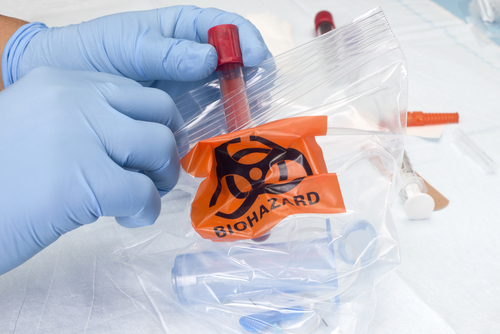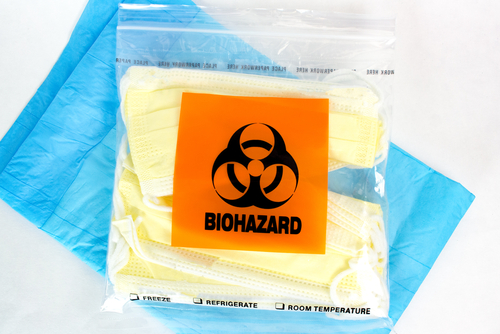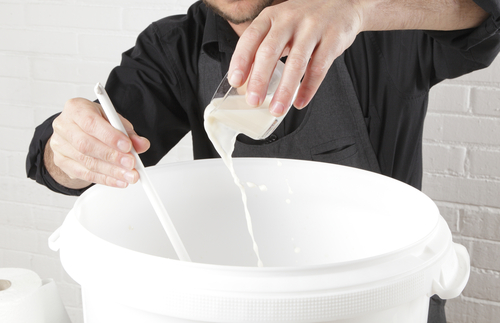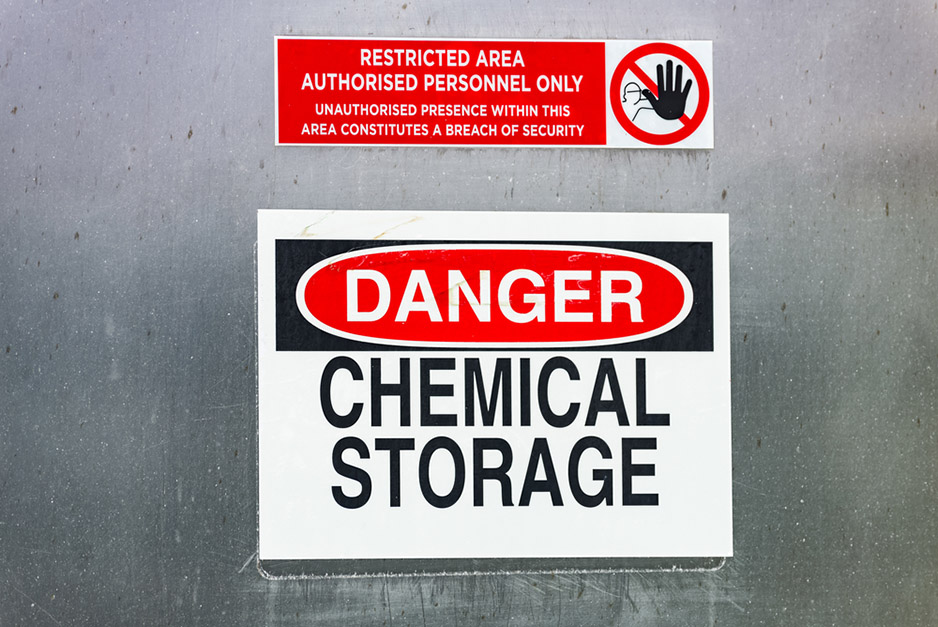Facilities across the healthcare industry transport biohazardous materials daily, such as laboratory specimens, test samples, human tissues, and medical waste.
These substances are often transported between various locations for testing, diagnosis, medical use, or disposal, and must be packaged in such a way that they do not come into contact with any external objects.
In the case of diagnostic samples, these must be contained in a sterile environment to prevent them from becoming contaminated, and to maintain their viability for testing. Medical waste and potentially infectious materials, such as blood or items contaminated with human waste, must be kept in sealed containers to protect the health of handlers and transporters.
It is also vital that any packages containing biohazardous material are clearly and explicitly labeled so their contents are easily readable and they can be handled with the appropriate amount of caution.
For this purpose, healthcare companies use biohazard pouches to safely and securely move hazardous medical materials from one place to another, so they may be used or disposed of without compromising their usefulness or the health of those around them.
What Are Biohazard Pouches and What Are They Used For?
Biohazard pouches are paper or plastic bags specifically designed for the safe containment, transportation, and disposal of diagnostic and infectious materials.
Hermetically sealed with the use of zip-lock fastenings, biohazard pouches can be used to create a sterile, airtight environment in which to contain biohazardous substances. This protects laboratory and test samples from contamination by external sources, as well as shielding handlers from potentially infectious substances. Designed to resist tearing, punctures, or leakage, biohazard pouches often have a far sturdier construction than other plastic bags. Many also have some type of padding inside, such as bubble wrap, giving extra protection to fragile materials.
This allows them to safely transport and protect medical materials from one facility, such as a hospital or doctor’s office, to another for diagnosis, use or disposal. Biohazard bags come in a range of sizes and can be used to transport a variety of different medical materials.
Who Uses Biohazard Pouches?
Biohazard pouches have applications across the healthcare industry and are commonly used to transport swabs, vials, organs, and medical waste. Clinics, doctors’ offices, nursing homes, hospitals, and medical laboratories all make use of this versatile and convenient form of packaging for a wide range of different purposes.
Doctors
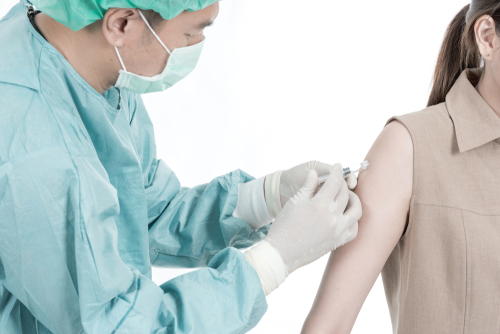
Doctor’s offices and clinics use biohazard bags and pouches because they have a number of applications critical to these sorts of facilities.
Test samples are routinely sent to laboratories for offsite testing and must be transported in hermetically sealed containers to prevent them from coming into contact with external contaminants. Many test samples will also contain infectious or potentially infectious materials that could cause sickness in people who come into contact with them and must, therefore, be methodically sealed and labeled.
Biohazard pouches are vital for keeping these materials in a sterile, contained environment for the safety of the handlers and to protect the viability of test samples.
Biohazard packaging is also used to transport medical waste for safe disposal, such as used syringes, swabs, and dressings. These often contain infectious substances, and so must be properly labeled and contained to protect handlers and porters.
Hospitals
Hospitals are large producers of biohazardous medical waste and one of the greatest transporters of biological samples such as blood, test samples, and organs.
These materials must often be quickly and carefully moved from one area of the building to another for diagnostic or medical use, so biohazard pouches are used in high volume. These can be used to deliver organs for transplantation, laboratory specimens for diagnosis, or medical waste for safe disposal.
It is essential all materials reach their destinations quickly and efficiently, and the ease of use of biohazard pouches in hospitals is instrumental in accomplishing this.
Medical Laboratories

Research facilities such as medical laboratories also use a lot of biohazard pouches and packaging as part of their day-to-day operations.
Sensitive laboratory samples must be carefully handled and transported to prevent contamination from external debris, which is necessary to ensure the accuracy of test results.
Biohazard bags are specifically designed for this purpose and are easy to label so their contents can be quickly established. Many even have additional transparent pouches so that official documents can be prominently displayed on the packaging.
Waste material that has come into contact with potentially infectious substances must also be safely contained and disposed of, for the protection of anyone handling these materials. Used vials, tubes, test samples, and other materials are stored in clearly labeled biohazard bags before their safe removal by specialist collection companies.
Companies across the healthcare industry use biohazard pouches and bags daily for the safe containment and transport of biohazardous materials.
These pouches are specifically designed to prevent leaks and from external debris coming into contact with the materials inside.
This protects handlers and transporters from coming into contact with potentially infectious substances during transport while ensuring test samples bound for the laboratory are still usable on arrival.

